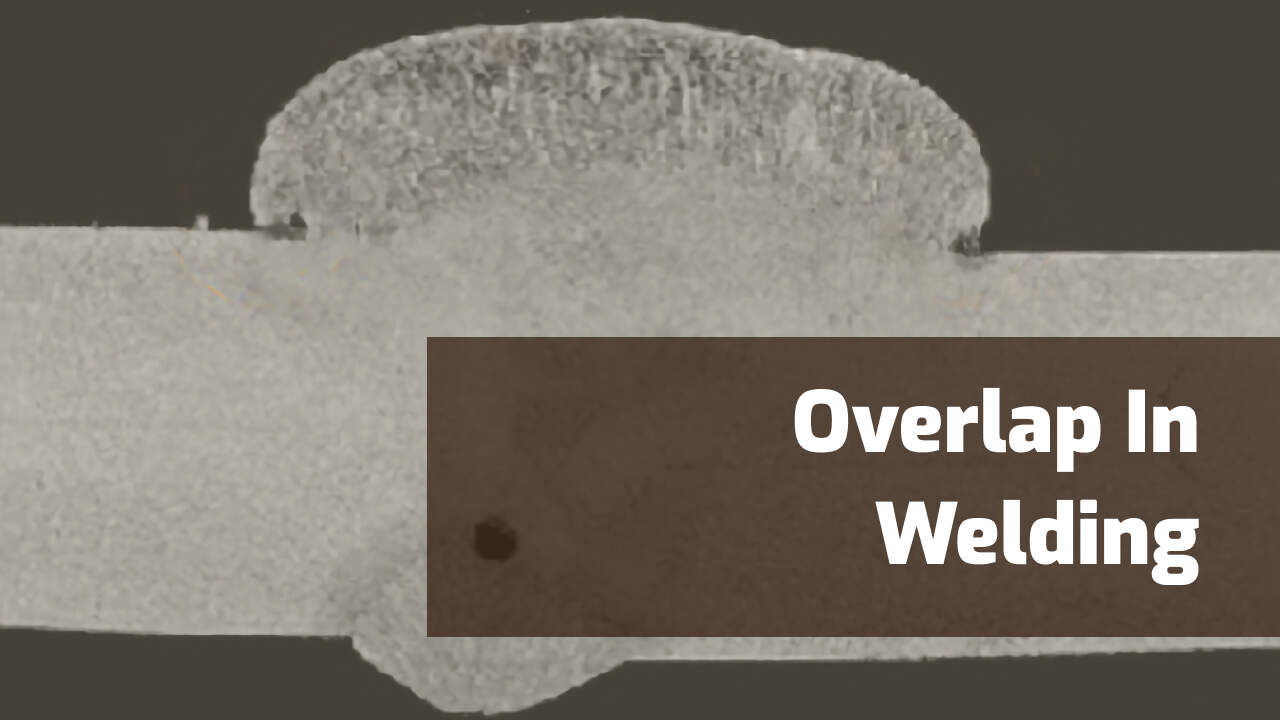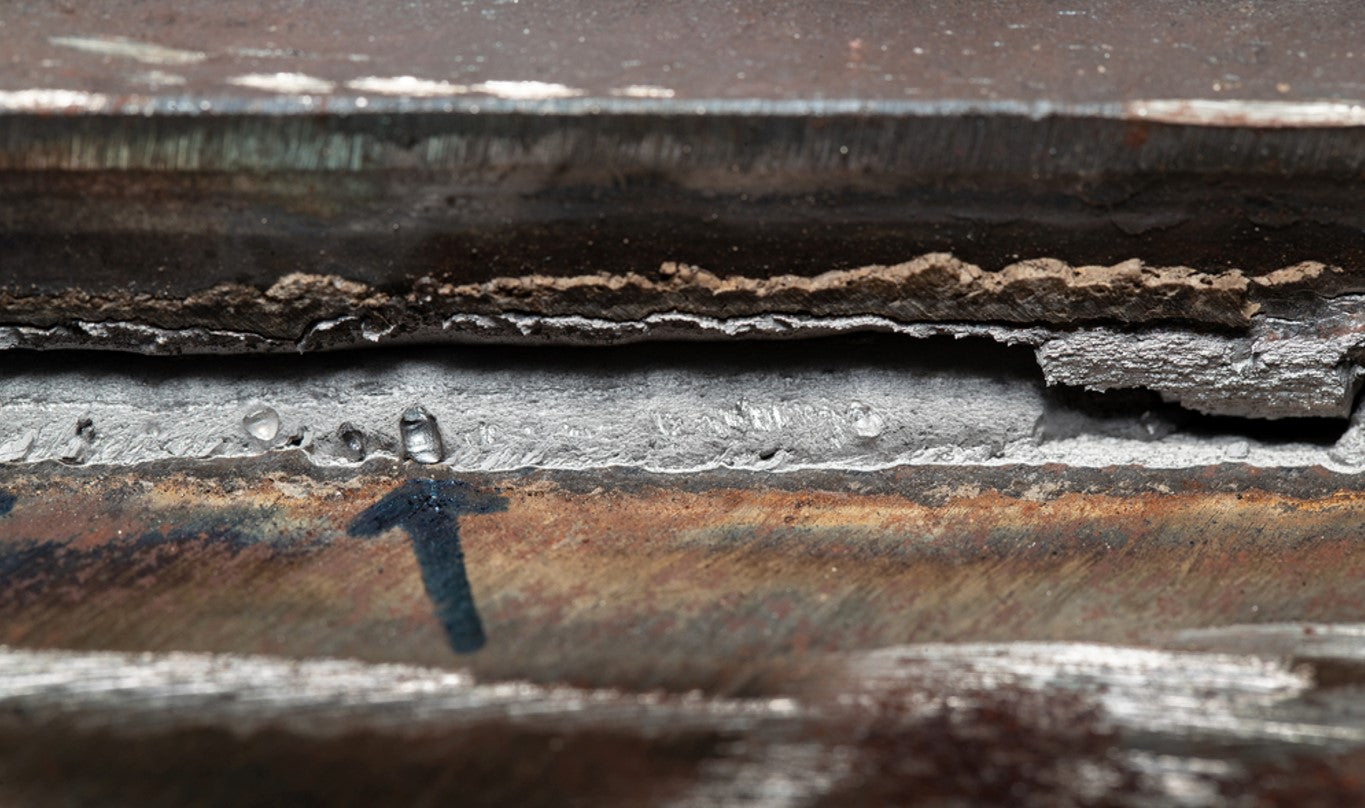Preventing Weld Undercut: Proven Methods Every Welder Ought To Know
Preventing Weld Undercut: Proven Methods Every Welder Ought To Know
Blog Article
Recognizing the Causes and Solutions for Undercut Welding in Metal Construction Processes
In the world of metal fabrication processes, the occurrence of undercut welding poses a substantial difficulty that requires a detailed understanding of its causes and viable solutions. The intricate interplay of different elements during welding procedures can bring about this unfavorable sensation, influencing the architectural honesty and general quality of the welded joints - Preventing weld undercut. By studying the root triggers of undercut welding and checking out efficient restorative measures, fabricators can raise the standard of their workmanship and make certain the production of perfect steel elements
Usual Reasons of Undercut Welding
Frequently overlooked in steel fabrication, undercut welding takes place due to different aspects that require meticulous attention and experience to be successfully minimized. Furthermore, inappropriate welding techniques, such as utilizing the wrong welding angle or travel speed, can also contribute to undercut development. The option of welding parameters, such as voltage, current, and wire feed speed, plays a considerable function in the event of undercut welding.
Impact of Incorrect Welding Parameters
Imprecise welding parameters can substantially jeopardize the integrity and high quality of bonded joints in steel manufacture processes. The effect of wrong welding parameters materializes in various methods, causing structural weak points and problems in the welded elements. One important aspect impacted by improper welding parameters is the penetration depth of the weld. Not enough warmth input due to reduced welding currents or excessively high travel rates can lead to poor combination in between the base metals, causing insufficient joint infiltration and damaged bonds. On the other hand, too much warmth input created by high welding currents or slow travel rates can lead to excessive and burn-through reinforcement, developing a breakable and unpredictable weld structure. Additionally, incorrect criteria such as incorrect voltage settings or incorrect electrode angles can add to erratic weld bead profiles, absence of fusion, and boosted possibilities of flaws like damaging. As a result, precise attention to welding parameters is vital to make certain the production of high-grade welds with the desired mechanical homes and architectural integrity.
Impact of Improper Lantern Angle
Inappropriate torch angle in welding procedures can considerably influence the top quality and stability of the final weld joints in steel fabrication procedures. The lantern angle plays a crucial role in figuring out the heat input and circulation throughout welding. When the lantern angle is inaccurate, concerns such as damaging can arise. Undercutting is a common welding issue where a groove develops along the weld toe, compromising the joint and endangering its architectural honesty.
A torch angle that is too steep can bring about insufficient penetration, incomplete blend, and raised spatter. On the other hand, a torch angle that is also shallow can cause extreme penetration, burn-through, and distortion of the base material. Preventing weld undercut. best site Appropriate torch angle is crucial for making sure consistent weld high quality, stamina, and appearance
To avoid undercutting and other issues brought on by improper torch angles, welders need to be trained to maintain the right torch angle throughout the welding process. Routine monitoring and adjustment of lantern angles during welding can aid accomplish audio welds with very little defects.
Function of Inadequate Welding Methods

One more aspect of insufficient welding strategies is inappropriate weld prep work. Inadequate cleansing of the base steels, wrong joint style, or not enough side prep work can all add to undercut welding. Moreover, inadequate shielding gas protection or utilizing the wrong kind of gas can lead to incomplete blend and the formation of undercut problems.
To resolve the duty of inadequate welding methods in metal fabrication procedures, it is vital to offer detailed training for welders. Proper education on welding criteria, joint preparation, and shielding gas choice can help stop undercut welding and ensure high-quality welds in steel construction projects.
Reliable Solutions for Undercut Welding
Attending to undercut welding in metal manufacture requires applying effective solutions to improve weld top quality and structural integrity. One of the main remedies to combat undercut is to adjust welding parameters such as voltage, present, and travel speed to guarantee proper warmth input and fusion. By fine-tuning these settings, welders can prevent extreme melting of the base metal and filler product, lowering the chance of undercut development.
In addition, proper joint prep work is important in avoiding undercut. Ensuring clean base metal surfaces devoid of contaminants and making use of the proper bevel angle can assist advertise far better weld penetration and lower the danger of undercut - Preventing weld undercut. Using appropriate welding strategies, such as oscillating the lantern or weaving, can also aid in distributing warm equally and filling the check here weld joint sufficiently, minimizing the possibility of undercut problems
Additionally, selecting the proper welding consumables, including electrodes and filler steels, is important in mitigating undercut. Utilizing products with appropriate chemical structures and mechanical residential properties can contribute to attaining sound welds with marginal undercut. Regular assessment and top quality control actions need to likewise be implemented to find and address undercut problems quickly, making certain the overall honesty of produced metal elements.

Final Thought
To conclude, understanding the causes and remedies for undercut welding in metal construction processes is vital for attaining high-grade welds. By attending to usual reasons such as wrong welding parameters, inappropriate torch angle, and insufficient welding techniques, welders can stop damaging and make certain solid, long lasting welds. It is vital to pay attention to these factors and navigate here carry out effective solutions to boost the general welding process and last item high quality.

Report this page